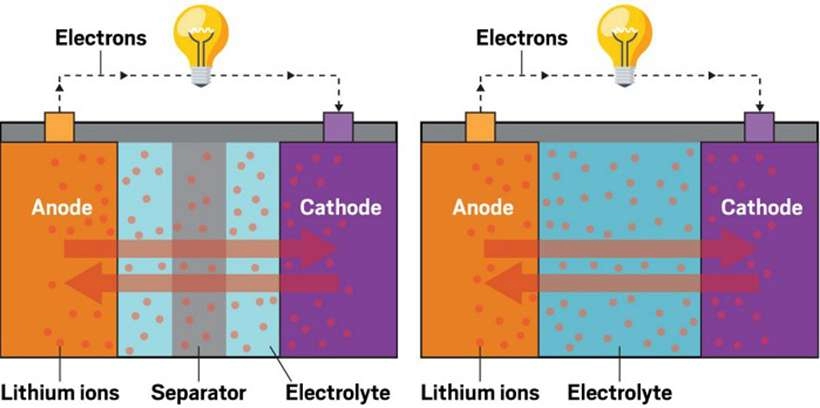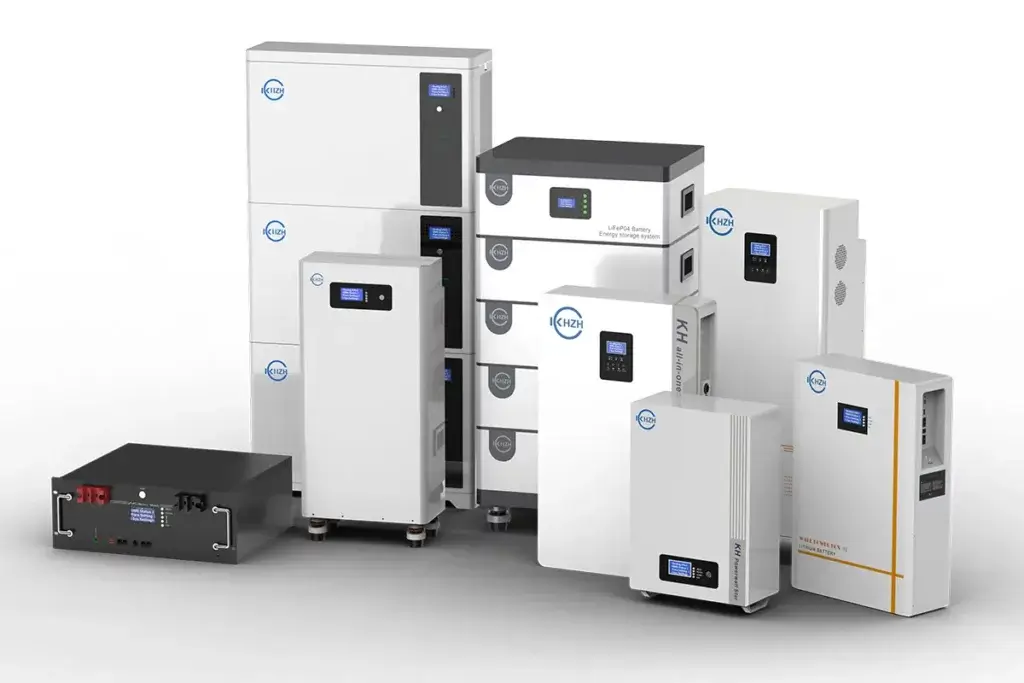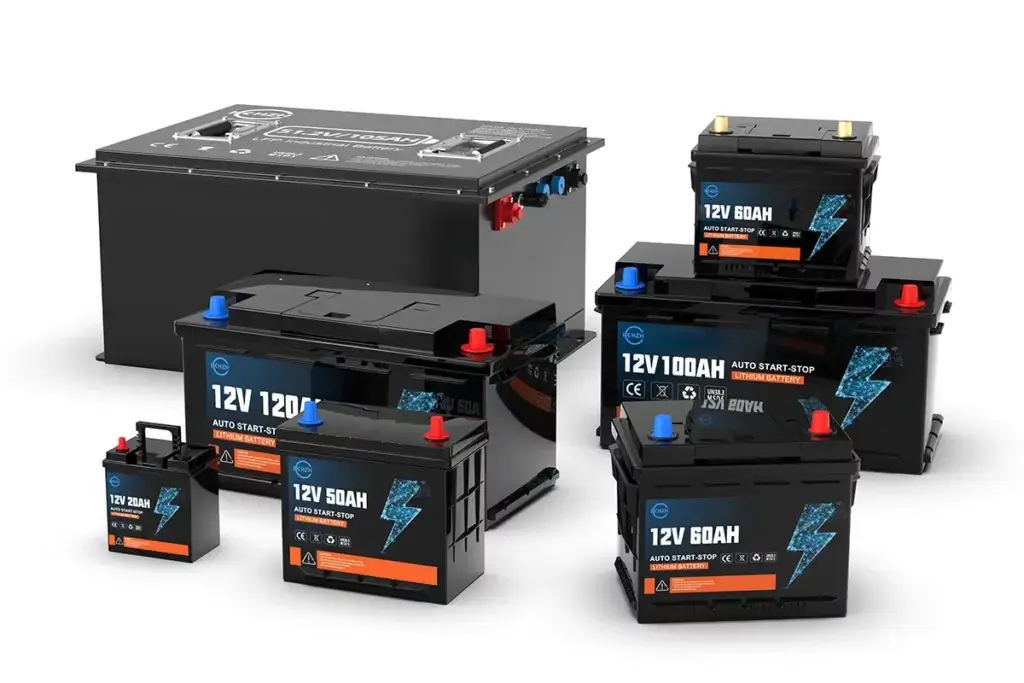When learning about electricity, understanding the difference between volts and amps is crucial. These terms are fundamental to electrical systems, yet they often confuse beginners. This guide will explain what volts and amps are, how they relate to each other, and why they are important in everyday life. After reading this guide, you will have a better grasp of these concepts, making it easier to understand electrical concepts.
Part 1. What is a Volt?
A volt, represented by the symbol V, measures the voltage difference, also known as electrical potential difference, between two points in a circuit. You can think of volts as similar to the pressure pushing the current through a wire. Just as water pressure pushes water through a pipe, voltage pushes electric charge through a conductor.
Key Points about Volts:
- Definition: A volt represents the potential energy available to move electric charge.
- Unit of Measurement: The standard unit for voltage is the volt (V).
- Role in a Circuit: Higher voltage means more potential energy is available to push more current through a circuit.
For example, consider a battery. A typical AA battery has a voltage of 1.5 volts, which is enough electrical pressure to power small devices like remote controls or flashlights.
Voltage vs. Current: What’s the Difference?
Part 2. What is an Ampere?
An ampere, represented by the symbol A, measures the rate of current flow in a circuit. Simply put, amps measure the *rate* at which electrons are flowing past a point in a conductor. This measurement is crucial for understanding how much power a device consumes.
Key Points about Amperes:
- Definition: An ampere measures the rate of flow of electric charge.
- Unit of Measurement: The standard unit for measuring electric current is the ampere (A).
- Role in a Circuit: A higher amperage means more current is flowing.
For example, if you plug in an appliance that draws 10 amps at 120 volts, it means that 10 coulombs of electric charge are flowing every second to power that device.
Part 3. How Do Volts and Amps Relate?
The relationship between volts and amps can be explained using Ohm’s Law, which states:
[V = I \times R]
Where:
- V = Voltage (in volts)
- I = Current (in amperes)
- R = Resistance (in ohms)
This formula demonstrates that voltage (V) is directly proportional to the current (I) and resistance (R). If you increase the resistance in a circuit while keeping the voltage constant, the current will decrease. Conversely, lowering the resistance will allow more current to flow.
Part 4. Understanding Watts
To further clarify how volts and amps work together, we need to understand watts (W), which measure electrical power. Power is calculated using the following formula:
[P = V \times I]
Where:
- P = Power (in watts)
- V = Voltage (in volts)
- I = Current (in amperes)
This equation indicates that power increases *proportionally* as either voltage or current increases. For example, if you have a device that runs on 120 volts and uses 2 amps of current, you can calculate its power consumption as follows:
[P = 120 \times 2 = 240 \text{ watts}]
This means the device consumes 240 watts of power when it is running.
Part 5. Practical Applications of Volts and Amps
Understanding volts and amps is essential for many practical applications in everyday life:
- Household Appliances: Different appliances require specific voltages and currents to operate correctly. For example, most standard household outlets provide 120 volts, which is suitable for small appliances like lamps and TVs. However, larger appliances like dryers or ovens may require 240 volts.
- Electrical Wiring: When installing or upgrading wiring in your home, it’s important to consider the voltage and amperage ratings. Selecting the correct wire gauge (thickness) ensures safety and prevents overheating, as undersized wires can’t handle the current.
- Battery Systems: For battery-powered devices, understanding the voltage and amp-hour capacity (Ah rating) helps you know how long the device can run before needing a recharge. For example, a battery rated at 12 volts and 10 Ah can provide 10 amps for one hour.
- Solar Power Systems: When dealing with solar power, understanding how volts and amps play a role is crucial. For instance, selecting the right *type* of batteries (e.g., lithium-ion) is essential for optimizing energy storage and system lifespan. You can learn more about solar lithium batteries to make the most of your solar system.
Part 6: Common Misunderstandings About Voltage and Current
Many people mistakenly confuse voltage with current because they are closely related in electrical systems. Here are some common misconceptions:
Misconception 1: Higher Voltage Means More Power
Fact: Power is the product of voltage and current. High voltage with low current can deliver less power than low voltage with high current.
Misconception 2: Current is More Dangerous Than Voltage
Fact: Not necessarily. Both voltage and current can be dangerous, depending on the circumstances. High voltage can cause severe electric shock even with a small current.
Part 7: Safety Measures When Working with Electricity
When working with electricity, safety should always be paramount:
- Always turn off the power before working on a circuit.
- Use insulated tools to prevent accidental electric shock.
- Ensure your electrical systems comply with local codes, especially in terms of the current ratings for wiring and breakers.
Understanding these safety protocols is crucial for preventing accidents and ensuring the safe operation of your electrical systems.









